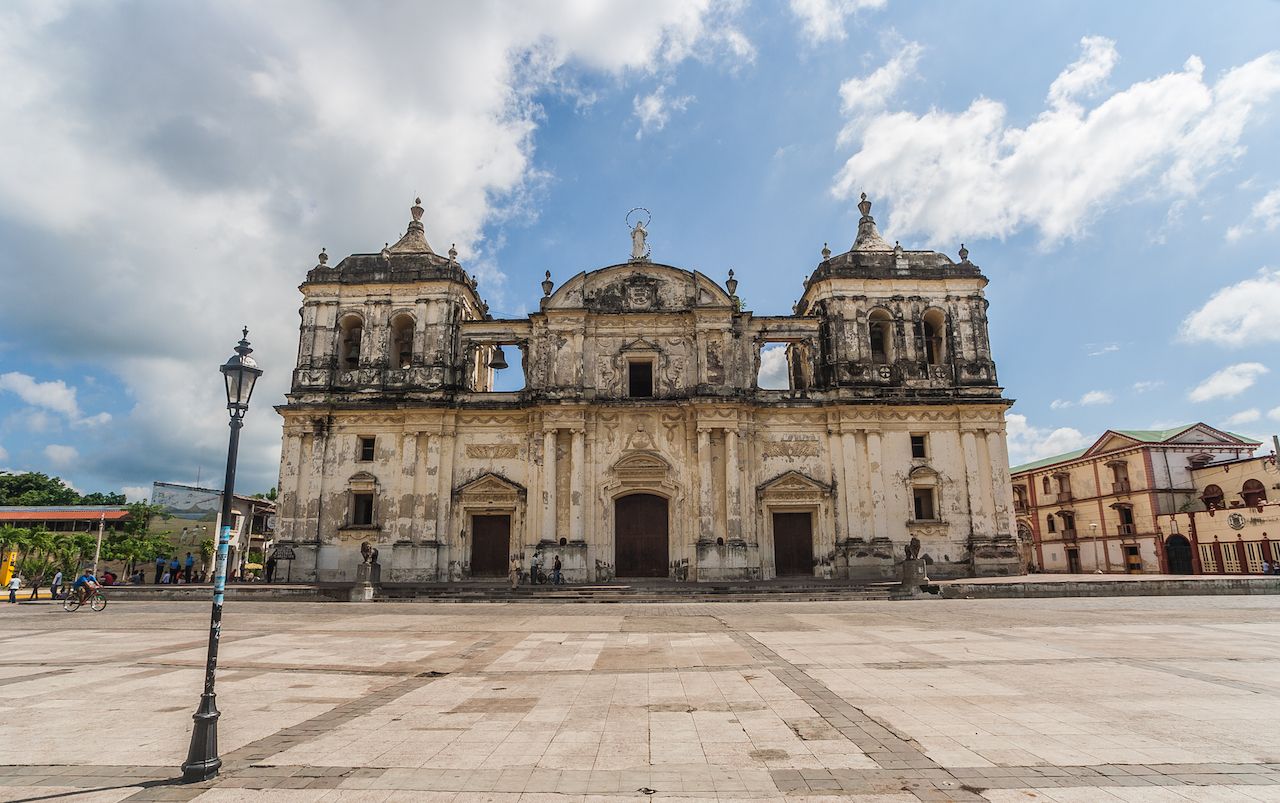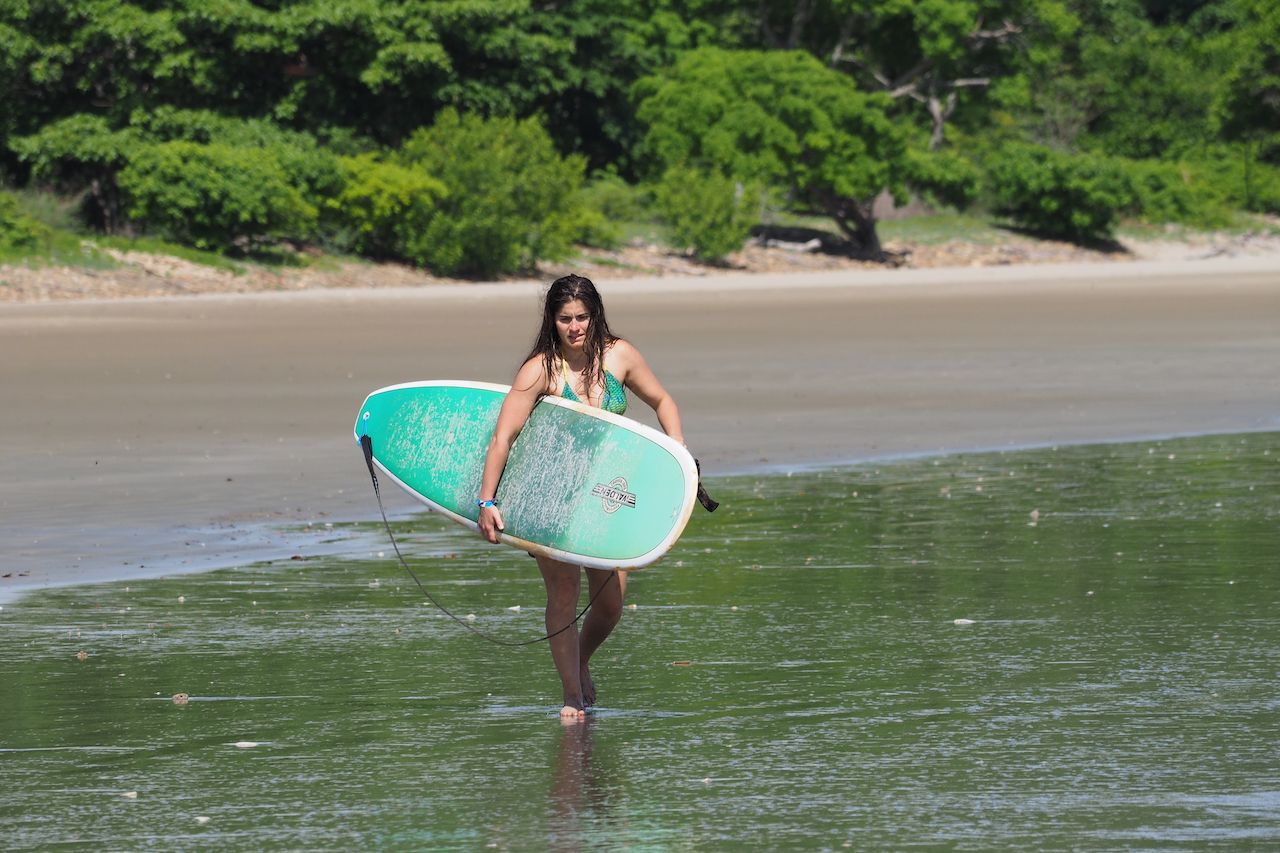As I shuffled toward my seat in the back of the plane on a recent trip to Nicaragua, I was surprised by the faces that looked up at me as I passed. My earlier trip to the country in 2016 had been at the height of its tourism boom. During that time, a flight bound for Managua would have been comprised of a motley crew.
On board back then, you’d have seen resort travelers in straw hats ordering rum cocktails, grungy backpackers looking like they’d already been hiking for days, and maybe a dozen teenagers in a youth group planning to volunteer at a Nicaraguan mission. For sure, you’d see burley surfers from California or Florida, complete with wetsuit tan lines.







